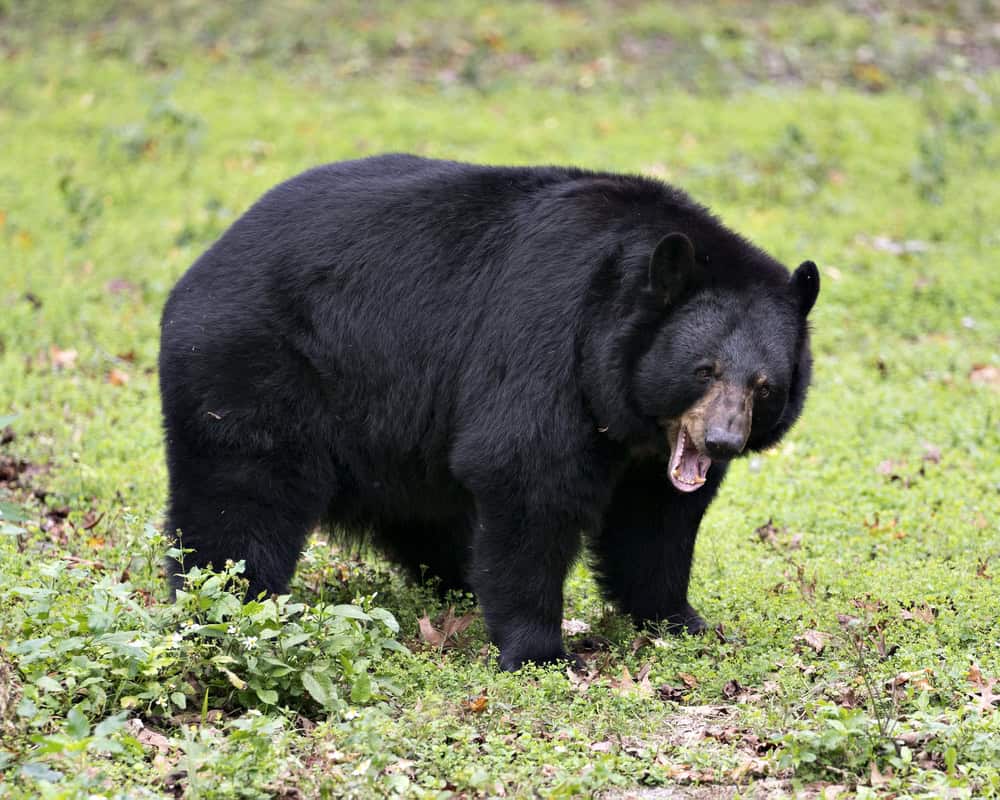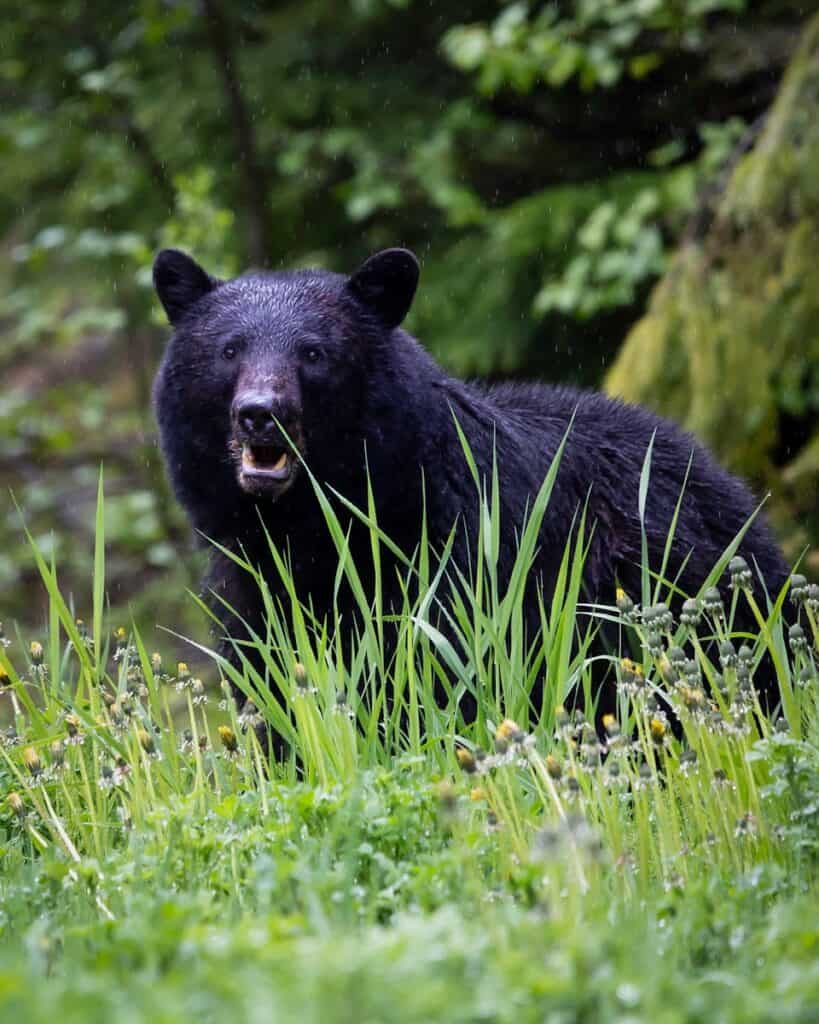In the rolling expanses of the Appalachian Mountains, an extraordinary story unfolds—a resurgence of the majestic black bear population. Once on the brink of severe decline due to habitat devastation and excessive hunting, these resilient creatures are gradually reclaiming their rightful home. This comeback is not just a testimony to successful conservation efforts but also a crucial chapter in preserving the natural balance of these ancient highlands. Let’s dive into the factors behind this resurgence, the unique characteristics of these incredible animals, and what their return means for the ecosystem.
The Historical Context of Black Bears in Appalachia

The Appalachian Mountains, known for their biodiversity, were historically populated by a robust black bear population. Centuries ago, these omnivores roamed freely across the dense forests, playing a crucial role in the ecological tapestry of the region. However, by the late 19th and early 20th centuries, black bear numbers plummeted due to habitat destruction and unregulated hunting.
The Role of Conservation Efforts

The revitalization of black bears in Appalachia largely stems from structured conservation initiatives. The establishment of wildlife management areas and national parks provided these bears with protected areas to thrive. Legal regulations, including controlled hunting seasons and anti-poaching laws, have also been pivotal in stabilizing the black bear population.
The Importance of Habitat Restoration

Vital to the black bear’s resurgence is the restoration of their natural habitats. Reforestation projects, alongside the protection of existing forested areas, have created a conducive environment for bears to breed and sustain their populations. These efforts ensure that the diverse ecosystem necessary for their survival is maintained.
Understanding the Black Bear’s Diet

Black bears are omnivorous, with diets ranging from berries and nuts to small mammals and carrion. An abundance of various food sources in the Appalachian forests has supported their dietary needs, further aiding their comeback. Maintaining this natural food supply is crucial to ensuring their continued survival and growth.
Adaptations and Characteristics

Black bears possess unique adaptations that aid their survival in the wild. They are excellent climbers and swimmers, allowing them to access diverse food sources. Their sharp sense of smell helps in foraging while their ability to hibernate during winter months enables them to conserve energy.
The Role of Education and Public Awareness

Public awareness campaigns have played an essential role in the black bear’s resurgence. Educating communities about coexisting with bears and respecting their habitats has reduced human-bear conflicts. Responsible tourism that emphasizes wildlife conservation has also increased local engagement and support for bear protection efforts.
The Impact of Climate Change

Climate change poses a long-term challenge to black bears, affecting their food availability and habitat conditions. Warmer temperatures can alter hibernation patterns and food availability, emphasizing the need for ongoing adaptive management strategies to mitigate these impacts.
Black Bear Reproduction and Lifespan

Female black bears, known as sows, usually give birth during the winter hibernation period, nursing their cubs in the safety of their dens. With natality rates increasing due to enhanced protection, the growing cub populations are hopeful indicators of the species’ future in Appalachia.
The Ecological Role of Black Bears

Black bears are integral to the Appalachian ecosystem by aiding in seed dispersal and controlling insect populations. As omnivores, they help maintain the balance of plant and animal communities, highlighting the importance of their presence for ecological health.
Challenges to Black Bear Population Growth

Despite positive trends, black bears still face challenges like habitat fragmentation due to urban development and illegal hunting. Continued vigilance in policy enforcement and community involvement is essential to counter these threats.
The Economic and Cultural Significance

The return of black bears is not only an ecological success story but also an economic benefit through ecotourism, attracting nature enthusiasts and boosting local economies. These bears hold a cultural significance for many communities, with their image woven into local folklore and traditions.
The Way Forward

To ensure the lasting presence of black bears in the Appalachian Mountains, continued investment in conservation programs is essential. Maintaining a healthy balance of protection, public education, and habitat management will be crucial for sustaining their comeback story.
In conclusion, the revival of black bears in the Appalachian Mountains illustrates how targeted conservation efforts, along with community support, can lead to profound ecological recovery. It serves as a reminder of the interconnectedness of all life forms and the importance of preserving our natural world for future generations.
- The Most Unusual Places in America That Have Seen Snowfall - August 16, 2025
- The Most Devastating Tsunami to Ever Strike the US West Coast - August 16, 2025
- Why Some Caterpillars Eat Toxic Plants Without Getting Sick - August 16, 2025

